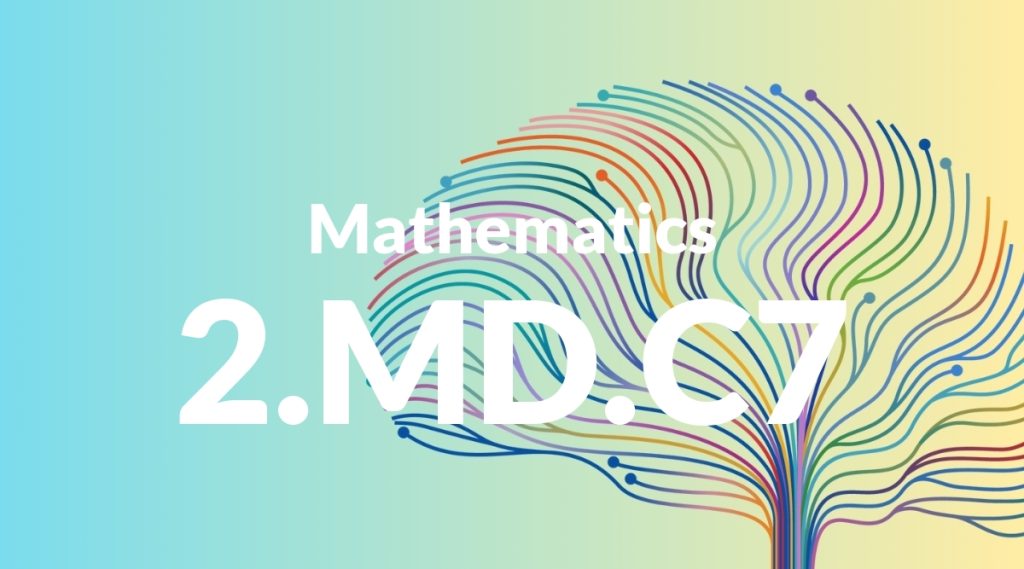Standard: 2.MD.C7 – Tell and write time from analog and digital clocks to the nearest five minutes, using a.m. and p.m.
Grade level: Grade 2
Subject: Mathematics
Domain: Measurement & Data
Teacher Overview
This standard focuses on helping students accurately tell and write time to the nearest five minutes using both analog and digital clocks, and understand the difference between a.m. and p.m. Mastery of this skill is crucial as it lays the foundation for time management and daily scheduling, which are essential life skills. Students should be able to recognize numbers up to 60 and have a basic understanding of the concept of time, including hours and minutes. Familiarity with daily routines and the concept of morning and afternoon/evening will also be beneficial.
Mastering this standard will prepare students to solve more complex time-related problems, such as calculating elapsed time and reading time to the nearest minute, which are critical skills in higher grades.
Common Misconception 1
Some students might confuse the hour and minute hands on an analog clock, thinking the shorter hand shows minutes and the longer hand shows hours. This is incorrect because the shorter hand represents the hour, and the longer hand represents the minutes.
Intervention 1
An effective intervention is to use color-coded clock hands and provide repetitive practice. For example, make the hour hand red and the minute hand blue, and consistently reinforce this through various clock-reading activities.
Common Misconception 2
Students may not understand the distinction between a.m. and p.m., potentially thinking they are interchangeable or not knowing when each applies. This misconception can hinder their ability to correctly interpret and use time in daily activities.
Intervention 2
To address this, relate a.m. and p.m. to familiar daily routines. For example, explain that a.m. is when you have breakfast and go to school, while p.m. is when you have dinner and go to bed.
Prerequisite Knowledge
Students should be familiar with the basic concept of time, including hours and minutes, and should be able to read numbers up to 60. They should also understand the difference between morning and afternoon/evening.
Subsequent Knowledge
After mastering this standard, students will be able to solve word problems involving intervals of time, understand the concept of elapsed time, and eventually read time to the nearest minute.
Instructional Activities
- Using color-coded clocks for hands-on practice
- Playing time-telling games
- Creating daily schedules with specific times
- Reading and writing times for different activities
- Role-playing scenarios involving time management




